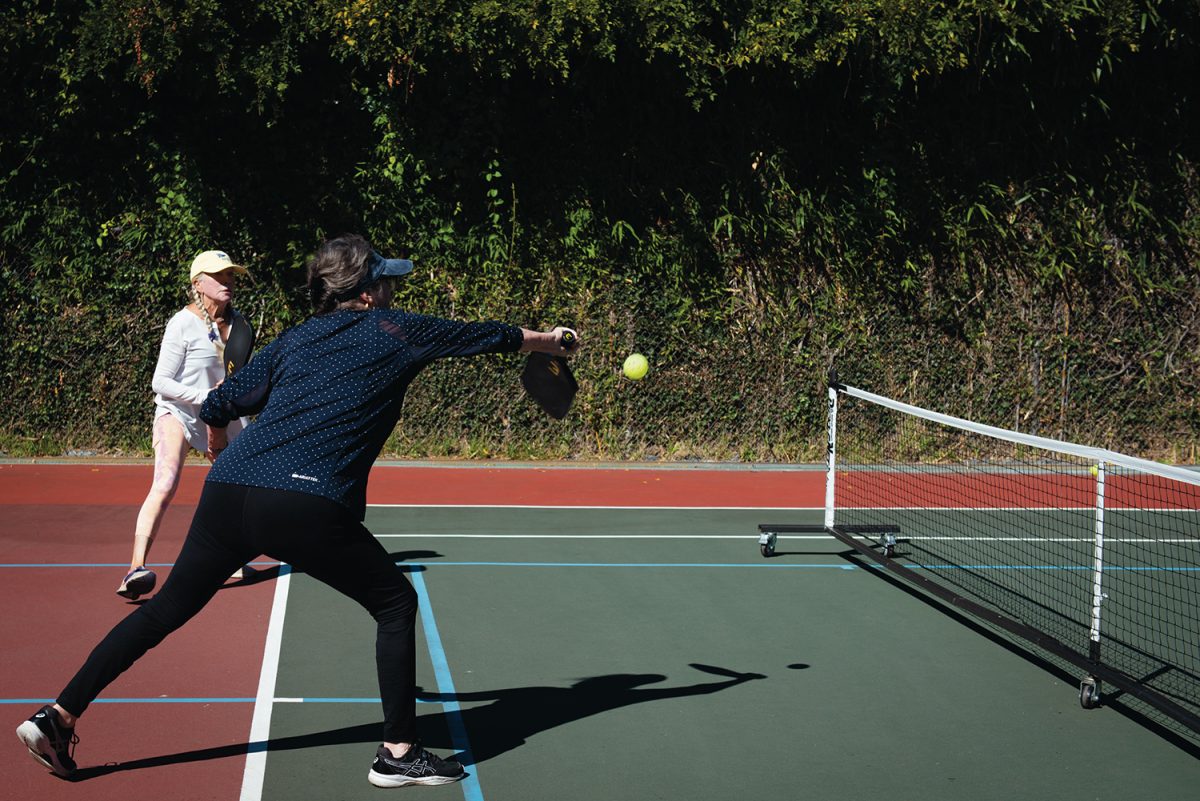On an autumnal Wednesday in Inverness, Cynthia Harland and Ginny Felch were chatting after their thrice weekly pickleball game at the First Valley tennis court . . .
In Inverness, pickleball sweeps a tennis club


On an autumnal Wednesday in Inverness, Cynthia Harland and Ginny Felch were chatting after their thrice weekly pickleball game at the First Valley tennis court . . .